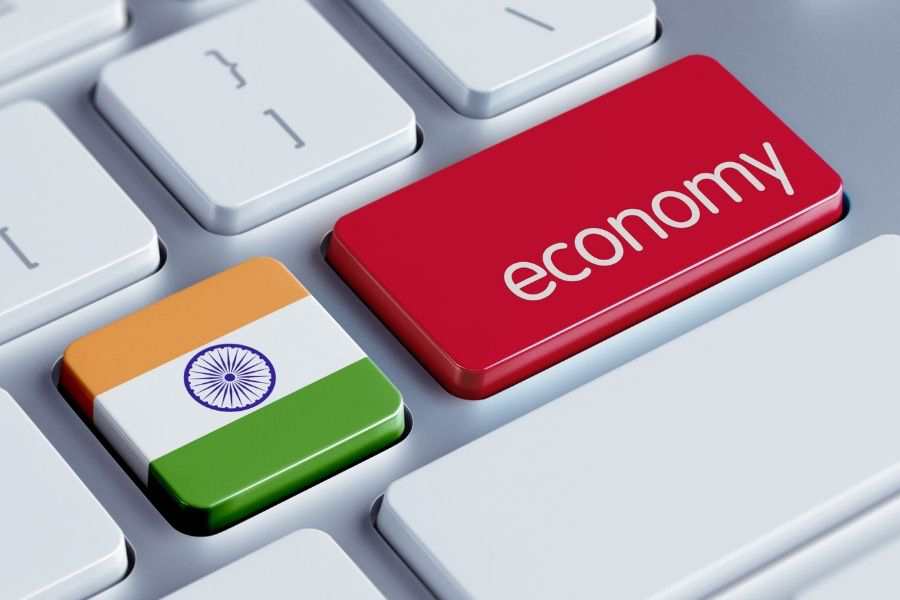PM-MKSSY, transforming India’s fisheries sector
In a significant move to revolutionize the fisheries sector in India, the Union Cabinet has approved the Pradhan Mantri Matsya Kisan Samridhi Sah-Yojana (PM-MKSSY).
This Central Sector Sub-scheme, falling under the Pradhan Mantri Matsya Sampada Yojana (PMMSY), aims at formalizing the fisheries sector and supporting micro and small enterprises with a substantial investment of over INR 6,000 crores over the next four years, from FY 2023-24 to FY 2026-27.

Image Credit: Shutterstock
The Union Cabinet has approved the Pradhan Mantri Matsya Kisan Samridhi Sah-Yojana (PM-MKSSY), with an allocation of over INR 6,000 crores to revolutionize India’s fisheries sector. Falling under the Pradhan Mantri Matsya Sampada Yojana (PMMSY), the scheme emphasizes formalization, supports micro and small enterprises and introduces collaborative funding from public finance, the World Bank, and the private sector. Focused on a National Fisheries Digital Platform, aquaculture insurance, and performance grants, PM-MKSSY aims for sustainable growth, job creation, and development in the fisheries industry.
Expenditure and Funding
The sub-scheme, to be implemented as a Central Sector initiative, will have an estimated outlay of INR 6,000 crore, with 50% funded by public finance, including contributions from the World Bank and the AFD external financing. The remaining 50%, amounting to INR 3,000 crore, is expected to come from the beneficiaries and the private sector, showcasing a collaborative approach to foster growth in the fisheries sector.
Objectives of PM-MKSSY
- The step-by-step formalization of the disorganized fisheries sector will be achieved by encouraging the self-registration of fishermen, fish farmers, and supportive workers through a National Fisheries Sector Digital Platform. This platform will also involve the establishment of digital identities for fish workers to enhance service delivery.
- Aiding micro and small enterprises in the fisheries sector to access institutional financing will be a key initiative.
- Offering a one-time incentive to beneficiaries to encourage the purchase of aquaculture insurance.
- Providing performance grants to incentivize fisheries and aquaculture microenterprises, fostering improvements in value-chain efficiencies and generating employment opportunities.
- Granting performance incentives to micro and small enterprises for the adoption and expansion of fish and fishery product safety and quality assurance systems, leading to the creation and maintenance of jobs.
Intended beneficiaries
- Individuals directly engaged in the fisheries value chain, including fishers, fish farmers, fish workers, and vendors.
- Micro and small enterprises such as proprietary firms, partnerships, companies, cooperatives, and startups involved in fisheries and aquaculture.
- Farmers Producer Organizations (FPOs) and other beneficiaries identified by the Department of Fisheries, Government of India.
- Creation of a National Fisheries Digital Platform to assign work-based identities to 40 lakh small and micro-enterprises.
- Gradual formalization of the fisheries sector, providing enhanced access to institutional credit for 6.4 lakh micro-enterprises and 5,500 fisheries cooperatives.
- Transition from traditional subsidies to performance-based incentives in fisheries.
- Focus on improving value chain efficiency and ensuring the safety and quality of fish through support to 55,000 targeted micro and small enterprises.
- Addressing aquaculture crop losses due to disease through insurance coverage, strengthening production and productivity.
- Facilitating ease of doing business and transparency in the sector.
- Enhancing export competitiveness by adding value, realizing potential, and creating value.
- Increasing incomes through enhanced profit margins resulting from improved value chain efficiencies.
- Strengthening and deepening domestic markets, contributing to the growth of businesses.
- Women empowerment through the creation of jobs and ensuring safe working environments.
- Projections indicate the creation of 1.7 lakh new jobs, with a special focus on employing 75,000 women.
- Aiming to generate 5.4 lakh continued employment opportunities in the micro and small enterprises value chain.
The Sub-scheme has the following major components
Component 1-A: Formalization of the fisheries sector
The plan aims to formalize the unorganized fisheries sector by creating a National Fisheries Digital Platform (NFDP). This platform encourages the registration of fish producers, workers, vendors, and processors, including microenterprises, at the national level. Financial incentives will drive stakeholder participation. NFDP will serve various functions, including disbursing financial incentives, providing training, improving financial literacy, and supporting project preparation. Additionally, it aims to strengthen existing fisheries cooperative societies.
Component 1-B: Aquaculture Insurance Adoption
The proposal seeks to create a robust market for aquaculture insurance by providing a one-time incentive for farmers. This incentive, at 40% of the premium cost, with a maximum limit of INR 25,000 per hectare, aims to cover at least 1 lakh hectares of aquaculture farms during the project period. Special incentives are offered for SC, ST, and women beneficiaries. The goal is to stimulate the aquaculture insurance market, encouraging innovation in insurance products.
Component 2: Enhancing fisheries value chain efficiencies
This component focuses on improving value chain efficiencies in the fishery sector through performance grants. Microenterprises are incentivized to engage in production, job creation (with priority for women), and value chain enhancements. Performance grants are capped at 25% of the total investment for the General Category and 35% for SC, ST, and Women-owned microenterprises. Village-level organizations have a higher cap at 35% of total investment or INR 200 lakhs.
Component 3: Safety and quality assurance systems
Incentives are proposed for fisheries micro and small enterprises adopting safety and quality assurance systems. The aim is to expand the market for fish and fishery products, creating and maintaining jobs, especially for women. Performance grants are structured similarly to Component 2, with a focus on investments in infrastructure, disease management, and standards certification to ensure the supply of safe fish.
Performance grant disbursement criteria for components 2 & 3:- Disbursement criteria include the number of jobs created and maintained, with additional incentives for jobs held by women. Investments made in value chain efficiency (Component 2) and safety systems (Component 3) are eligible for grants, disbursed after completion, up to 50% of the eligible grant.
Component 4: Project management, monitoring, and reporting
Under this component, Project Management Units (PMUs) will be established to manage, implement, monitor, and evaluate project activities. This ensures effective oversight and reporting for successful project execution.
By strategically addressing formalization, insurance, value chain efficiencies, and safety standards, the comprehensive plan aims to transform and enhance the fisheries sector, fostering sustainable growth and job creation.
Conclusion
The Pradhan Mantri Matsya Kisan Samridhi Sah-Yojana (PM-MKSSY) marks a pivotal moment for India’s fisheries sector, aiming to formalize operations and support micro and small enterprises over the next four years. Emphasizing a collaborative funding approach, the scheme focuses on creating a National Fisheries Digital Platform, transitioning to performance-based incentives, and addressing key challenges like aquaculture crop losses.
With a vision to enhance export competitiveness, empower women, and foster job creation, PM-MKSSY represents a holistic strategy for sustainable growth and development in the fisheries sector.












Leave a comment